Introduction
When it comes to outdoor footwear, few brands can match the legacy and reputation of Timberland. Since its inception in 1973, Timberland has been a pioneer in producing high-quality shoes that withstand the test of time. With its distinctive yellow boot being a symbol of durability, comfort, and style, Timberland has become a global leader in the footwear industry. In this article, we will explore the characteristics of Timberland shoes, delve into their development history, examine public comments, and provide valuable insights on how to choose the perfect pair when buying.
Understanding the Characteristics of Timberland Shoes
-
Durability: One of the primary attributes that sets Timberland shoes apart is their exceptional durability. Crafted with premium materials, such as full-grain leather and genuine suede, Timberland shoes are built to last. The brand’s commitment to quality ensures that their shoes can withstand rugged terrains and endure harsh weather conditions without compromising on performance or style.
-
Waterproofing: Timberland is renowned for its waterproof footwear. Incorporating innovative technologies like seam-sealed construction and waterproof membranes, Timberland shoes offer superior protection against moisture, making them ideal for outdoor activities and adverse weather conditions.
-
Comfort: Alongside durability, Timberland places great emphasis on providing optimal comfort to its customers. Their shoes feature padded collars, cushioned footbeds, and breathable linings, ensuring a comfortable fit even during extended periods of use. This focus on comfort makes Timberland shoes suitable for both outdoor adventures and everyday urban wear.
-
Anti-Fatigue Technology: Timberland’s commitment to innovation led to the development of their patented Anti-Fatigue technology. By incorporating geometric cone support structures in the midsole, these shoes provide exceptional shock absorption, reducing fatigue and offering all-day comfort.
-
Style: Timberland shoes effortlessly blend functionality with fashion, making them a popular choice among individuals who value both aesthetics and performance. Whether it’s the iconic yellow boot or their diverse range of casual and dress shoes, Timberland offers something for everyone, ensuring you can make a bold fashion statement without compromising on quality.
The Evolution of Timberland Shoes: A Brief History
The journey of Timberland began in 1952 when Nathan Swartz purchased a half-interest in the Abington Shoe Company. The company specialized in footwear production and contract manufacturing. In 1973, the brand we know today as Timberland was born when the Swartz family introduced their innovative waterproof leather boot. This boot would go on to define the essence of Timberland shoes.
Throughout the 1980s, Timberland expanded its product line to include boat shoes, work boots, and outdoor footwear. Their commitment to quality and durability resonated with customers, leading to widespread popularity. By the 1990s, Timberland had become a household name, with their products being sought after by outdoor enthusiasts, celebrities, and fashion-conscious individuals alike.
In recent years, Timberland has taken significant strides towards sustainability. Recognizing the importance of environmental responsibility, they have implemented eco-friendly practices across their supply chain. This includes using recycled materials for their shoes, reducing carbon emissions, and supporting reforestation projects. Timberland’s dedication to sustainability has garnered praise and admiration from consumers worldwide.
Public Perception and Reviews
Public opinion on Timberland shoes is overwhelmingly positive. Customers appreciate the brand’s focus on durability, comfort, and style. Many rave about the exceptional quality, citing Timberland shoes as their go-to footwear for outdoor activities, work, and everyday wear.
Timberland’s commitment to sustainability has also garnered praise from environmentally-conscious consumers. The brand’s efforts to reduce their ecological footprint through responsible manufacturing and eco-friendly materials have resonated with individuals seeking sustainable lifestyle choices.
However, it is essential to note that there are occasional criticisms regarding the price point of Timberland shoes. Some perceive the brand’s products as being slightly expensive compared to other options in the market. Nonetheless, the majority recognize that the superior quality and long-lasting nature of Timberland shoes justify the investment.
How to Choose the Perfect Pair of Timberland Shoes
When buying Timberland shoes, it is crucial to consider a few key factors to ensure you choose the perfect pair for your needs:
-
Purpose: Determine the intended use of the shoes. Are you looking for work boots, hiking shoes, or casual footwear? Timberland offers specialized shoes for various activities, so identifying your purpose will help narrow down your options.
-
Fit: Timberland shoes generally run true to size, but it’s always recommended to try them on before purchasing. Consider the socks you plan to wear with the shoes and ensure a comfortable fit with sufficient toe room.
-
Style: Timberland offers a wide range of styles, from their classic yellow boots to more contemporary designs. Choose a style that matches your personal preferences and complements your wardrobe.
-
Waterproofing: If you require waterproof shoes, ensure the model you choose is equipped with Timberland’s waterproof technology. Look for features like seam-sealed construction and waterproof membranes to keep your feet dry and protected in wet conditions.
-
Comfort: Consider the level of comfort you require. If you plan on wearing your Timberland shoes for extended periods or engaging in activities that involve a lot of walking or standing, opt for models that offer enhanced cushioning, supportive midsoles, and padded collars.
-
Reviews: Take the time to read customer reviews and ratings of specific Timberland shoe models. This will provide valuable insights into the durability, comfort, and overall performance of the shoes from real users.
-
Budget: Set a budget for your Timberland shoes. While they may be considered a premium brand, Timberland offers products at different price points. Determine your budget and explore options within that range to find the best value for your money.
-
Maintenance: Consider the care and maintenance required for Timberland shoes. Some models may require specific cleaning methods or treatments to maintain their appearance and durability. Ensure you are willing to invest the time and effort in properly caring for your shoes.
By considering these factors, you can make an informed decision and select the perfect pair of Timberland shoes that meet your specific requirements and preferences.
Conclusion
Timberland has established itself as a brand synonymous with durability, style, and sustainability. With a relentless commitment to quality craftsmanship and innovative technologies, Timberland shoes have become an icon in the footwear industry.
From their exceptional durability and waterproofing to their focus on comfort and stylish designs, Timberland consistently delivers products that cater to the needs of outdoor enthusiasts, urban explorers, and fashion-conscious individuals alike. The brand’s rich development history, commitment to sustainability, and positive public perception further reinforce its status as a trusted and respected name in the market.
When choosing Timberland shoes, consider factors such as the intended use, fit, style, waterproofing, comfort, reviews, budget, and maintenance requirements. By carefully evaluating these aspects, you can confidently select the perfect pair that will provide you with the durability, style, and performance you desire.
In conclusion, Timberland continues to be a brand that epitomizes ruggedness, style, and sustainability, making it a top choice for those seeking high-quality footwear that is built to last.
-





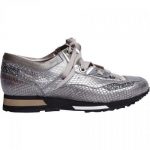

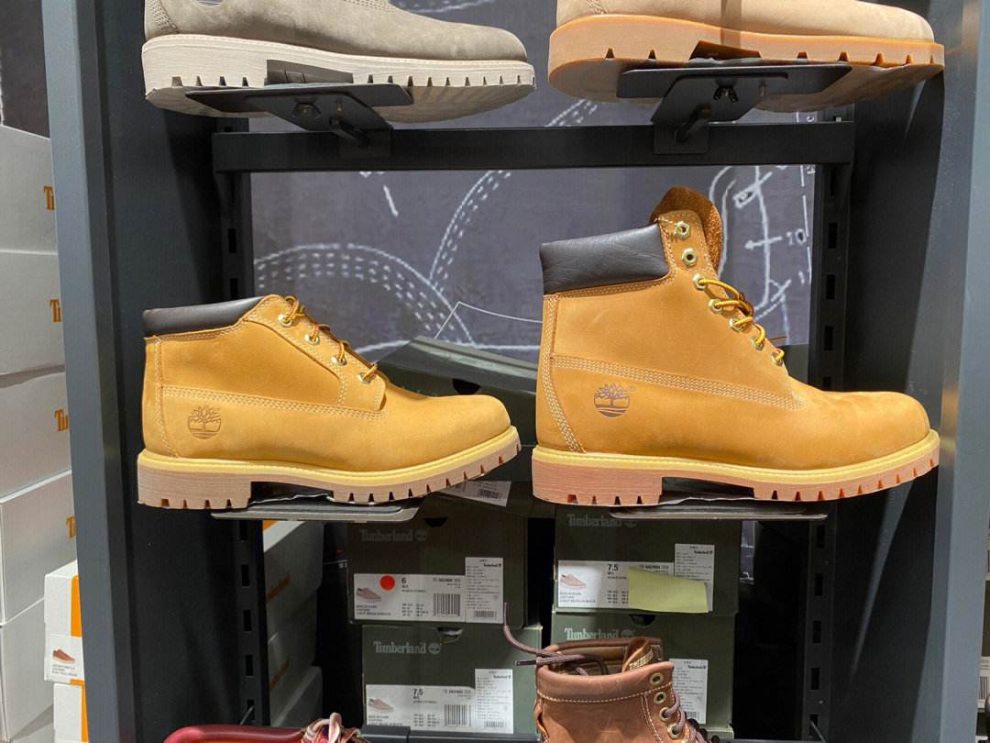
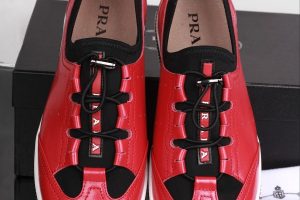
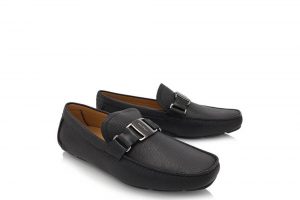
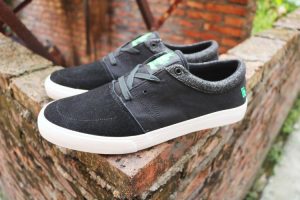





Add Comment